Introduction
When it comes to walkie-talkies, one of the most frequently asked questions is, "How far can they really reach?" The answer isn’t as straightforward as you'd think. Walkie-talkie range depends on various factors, including the environment, the type of radio, and even weather conditions. In this blog, we'll break down what affects walkie-talkie range, how to maximize it, and what to consider when choosing the right device.
1. What Determines Walkie-Talkie Range?
Several key factors influence the actual communication range:
- **Line of Sight (LOS):** Walkie-talkies work best when there’s a clear line of sight between the devices. Obstacles like buildings, trees, and hills can reduce range significantly.
- **Terrain:** Open fields or flat areas allow signals to travel further, while urban environments with dense structures can limit range.
- **Power Output:** Higher wattage walkie-talkies generally have a longer range. Commercial radios often operate at 4-8 watts, while consumer-grade devices range between 0.5 to 2 watts.
- **Antenna Quality:** A good-quality antenna improves signal transmission and reception.
- **Weather Conditions:** Heavy rain, snow, or even solar interference can affect radio waves, reducing the range.
2. Typical Range Expectations
- **Consumer Walkie-Talkies:** Typically advertised as having up to 20-30 miles range. In reality, expect 1-3 miles in urban areas and 5-7 miles in open spaces.
- **Professional/Commercial Radios:** Can achieve 10-20 miles in optimal conditions, especially when using repeaters.
- **Mountain or Sea Environments:** With fewer obstructions, VHF radios can cover 20+ miles, especially over water.
3. UHF vs. VHF: Which Offers Better Range?
- **UHF (Ultra High Frequency):** Better for indoor use as it penetrates walls and obstacles effectively. Ideal for urban areas, buildings, and wooded environments.
- **VHF (Very High Frequency):** Performs better in open spaces, making it great for outdoor activities like hiking, boating, and rural communication.
4. How to Maximize Your Walkie-Talkie Range
- **Elevate Your Position:** Higher ground improves signal strength.
- **Use External Antennas:** For professional radios, adding an external antenna can dramatically boost range.
- **Minimize Obstacles:** Position yourself away from large metal objects or dense concrete walls.
- **Adjust Power Settings:** Use higher power settings when long-range communication is needed (battery permitting).
5. The Role of Repeaters
Repeaters are devices that receive and retransmit signals, effectively doubling the communication range. They’re commonly used in commercial and emergency services to maintain reliable long-distance communication.
Conclusion
While walkie-talkie range can vary greatly based on environmental factors and equipment quality, understanding these key principles helps set realistic expectations. Whether you're using walkie-talkies for outdoor adventures, professional work, or emergency preparedness, knowing how to optimize your devices can ensure you stay connected when it matters most.


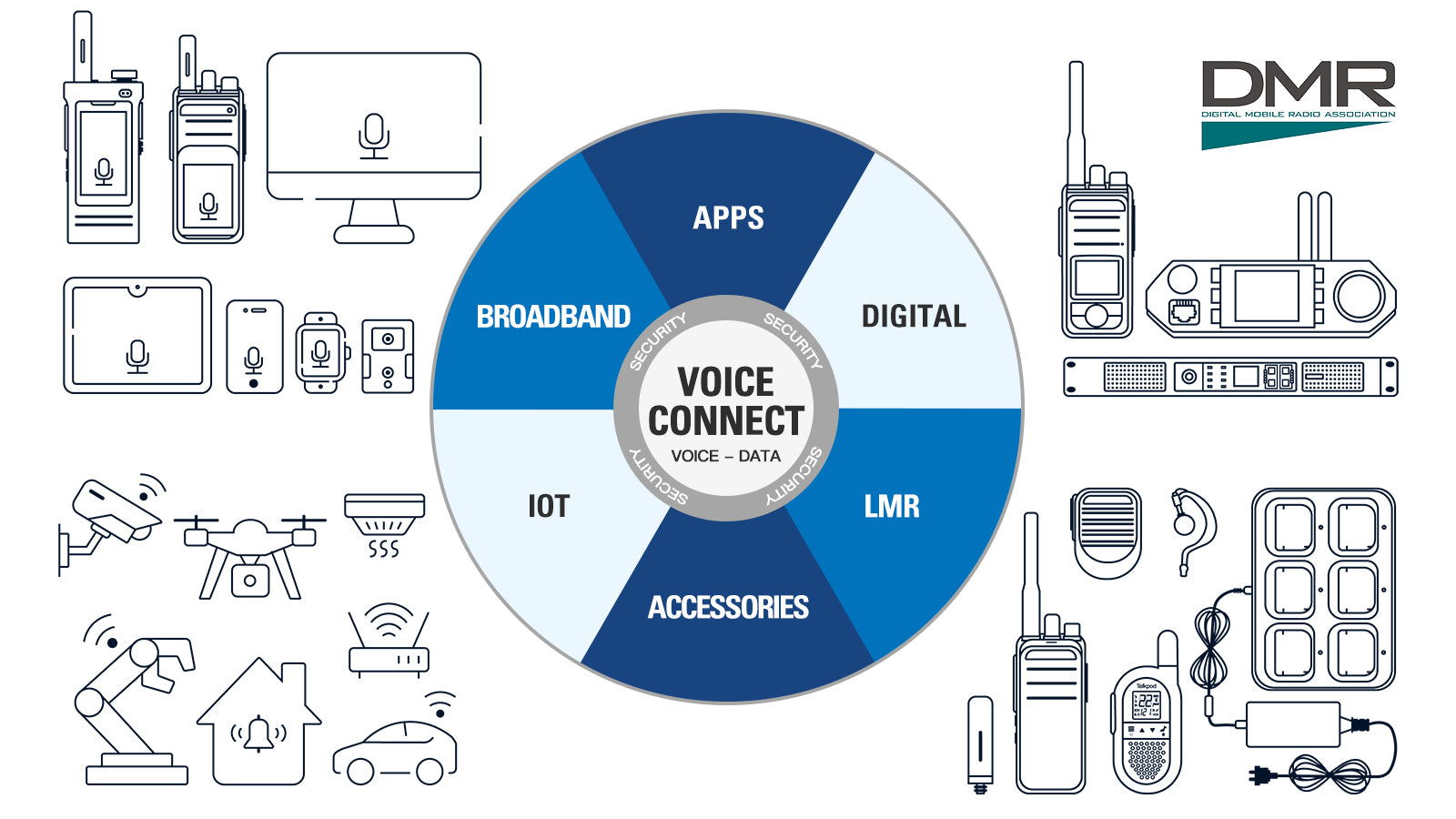
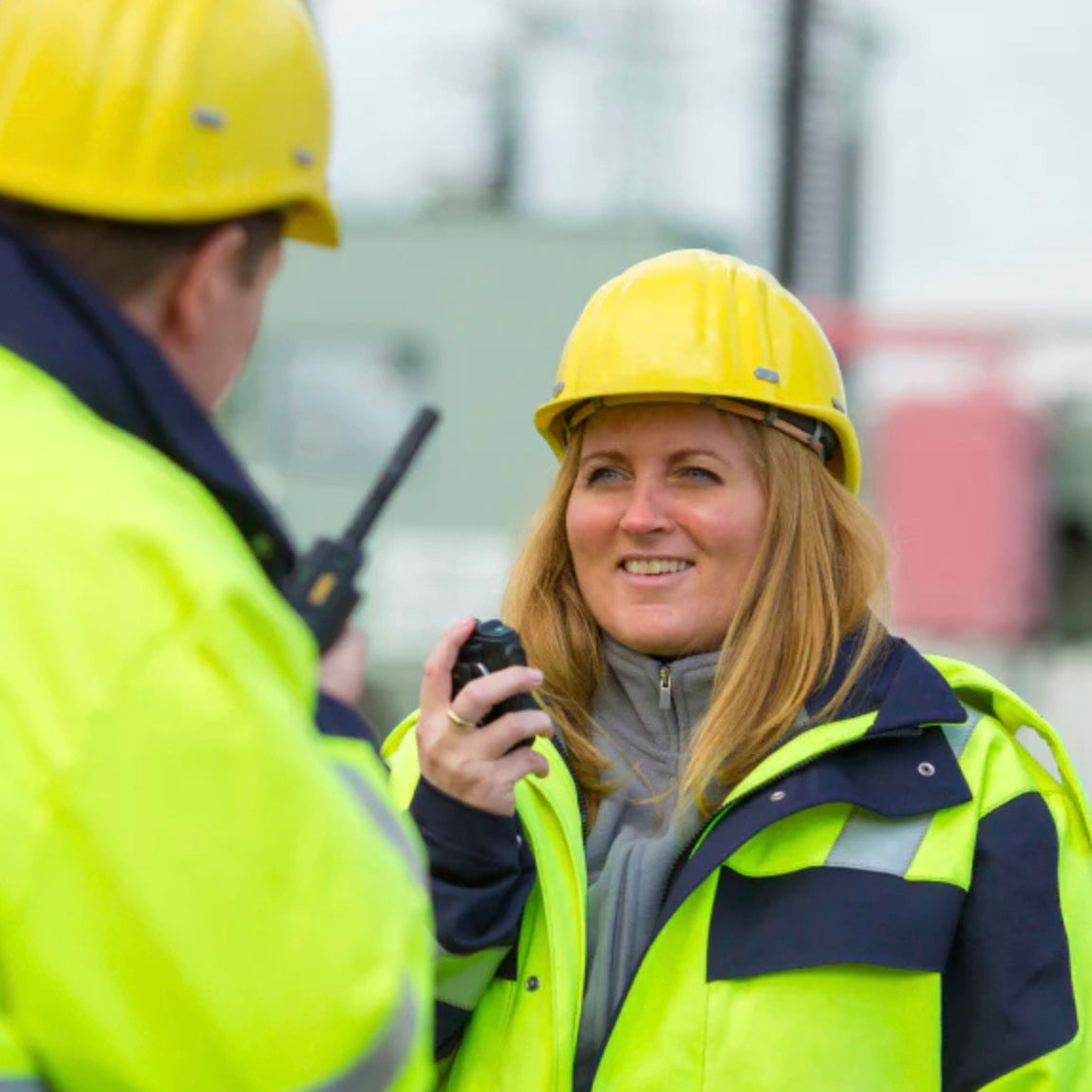

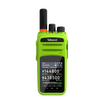
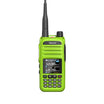
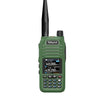
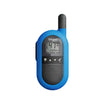

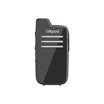
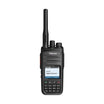
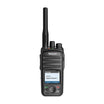
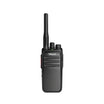
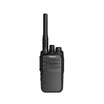
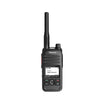
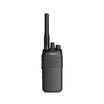
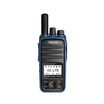
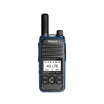
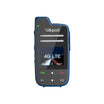
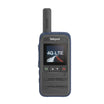
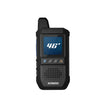
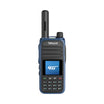
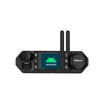
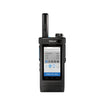



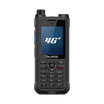

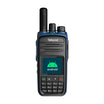
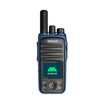
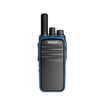
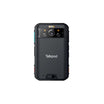
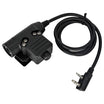
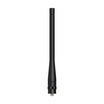
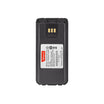
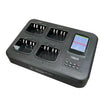
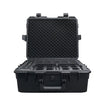

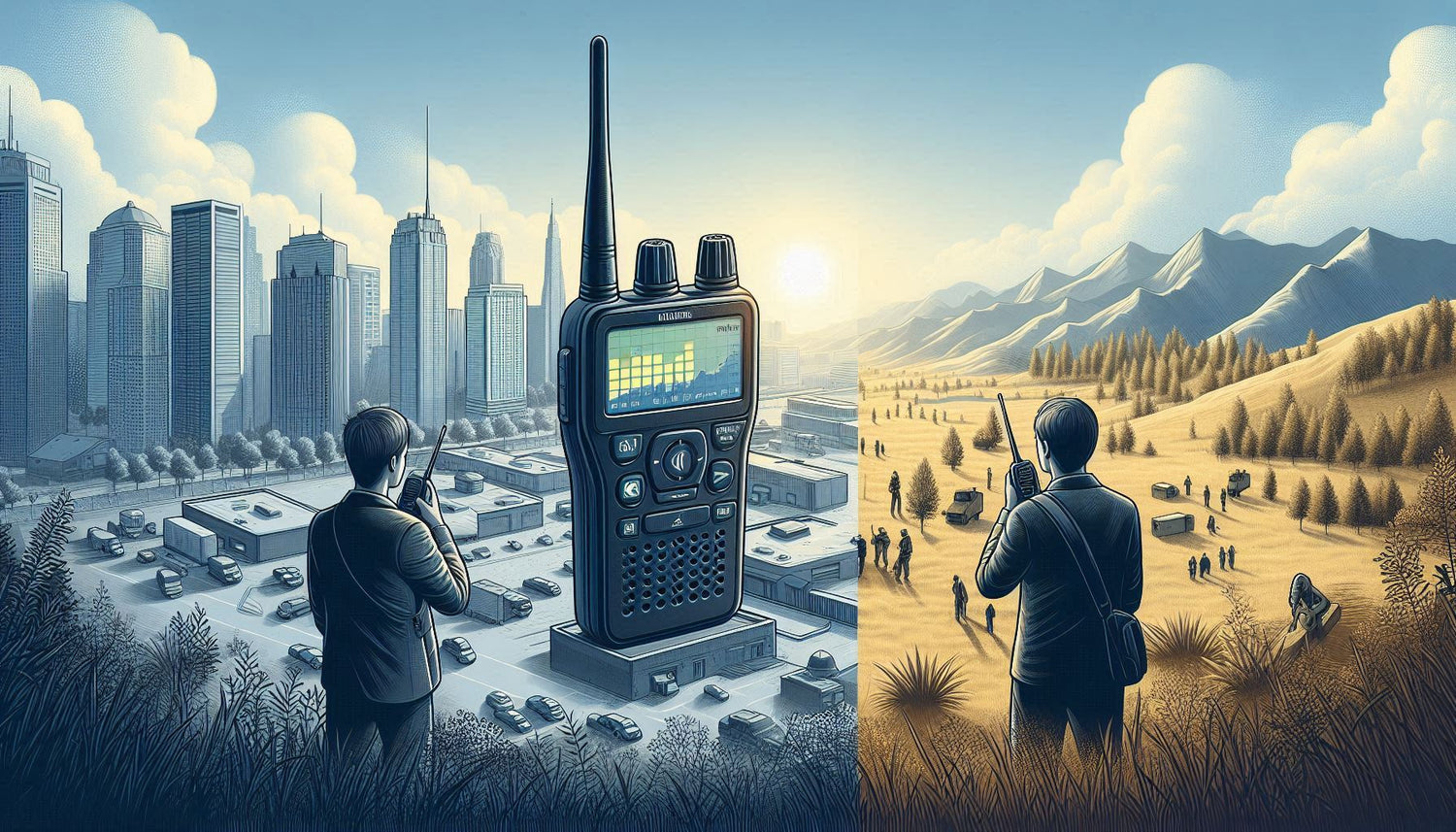


Leave a comment
All comments are moderated before being published.
This site is protected by hCaptcha and the hCaptcha Privacy Policy and Terms of Service apply.